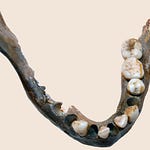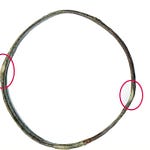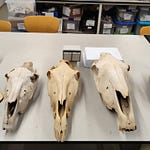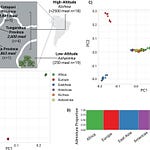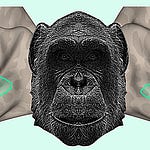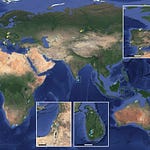The Cut That Wasn’t a Cut
When Michael Archer first examined the fossilized tibia of a giant short-faced kangaroo (Procoptodon browneorum or Simosthenurus occidentalis) as a graduate student in the 1960s, he thought he’d found the Pleistocene equivalent of a smoking gun. The bone, unearthed decades earlier from Mammoth Cave in southwestern Australia, bore a distinctive V-shaped mark. Under the microscope, it looked unmistakably like the slice of a tool—a trace of human butchery etched into deep time.
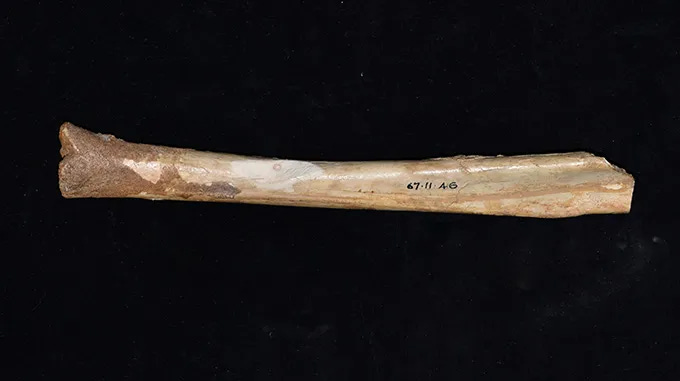
Forty-five years later, that certainty has dissolved. In a sweeping reassessment published in Royal Society Open Science,1 Archer and his colleagues reveal that the cut was made long after the animal’s death—probably not by a hunter, but by someone attempting to free the fossil from the cave wall.
“Every crack, every groove told us the bone had been dry and brittle long before the incision was made,” Archer explained. “The evidence of butchery was never there to begin with.”
This shift in interpretation does more than rescue one kangaroo’s reputation. It challenges a longstanding narrative: that the arrival of humans on the continent 65,000 years ago triggered a blitzkrieg of extinctions, wiping out Australia’s giant wombats, flightless birds, and lizards the size of crocodiles.
The new evidence suggests something radically different. Far from being extinction-driving hunters, Australia’s First Peoples may have been careful collectors of fossils—people who recognized the ancient and the extraordinary, long before the concept of “deep time” had a name.
“What this study restores is agency and imagination,” said Dr. Leah Waran, an Indigenous archaeologist at the University of Melbourne. “It reframes early Australians not as destroyers of megafauna, but as the first to wonder what the bones of long-dead creatures meant.”
Listen to this episode with a 7-day free trial
Subscribe to Anthropology.net to listen to this post and get 7 days of free access to the full post archives.




